-
main-collection-product-grid
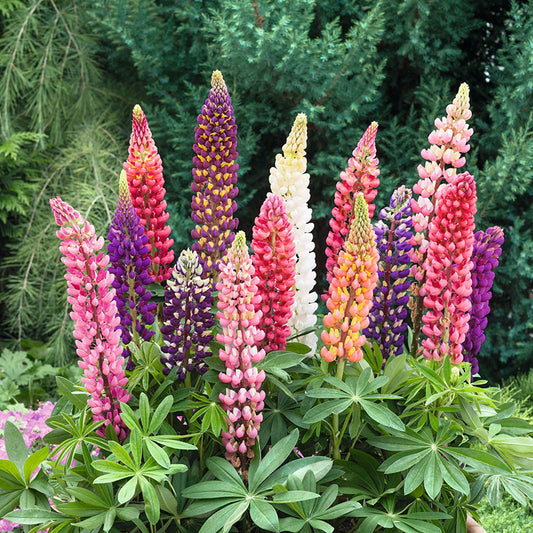
Russell Lupine Seeds
A blend of vibrant colors to liven up your perennial flower patchRussell Lupine Seeds
A blend of vibrant colors to liven up your perennial flower patchRegular price As Low As $4.49Regular priceUnit price per -
main-collection-product-grid
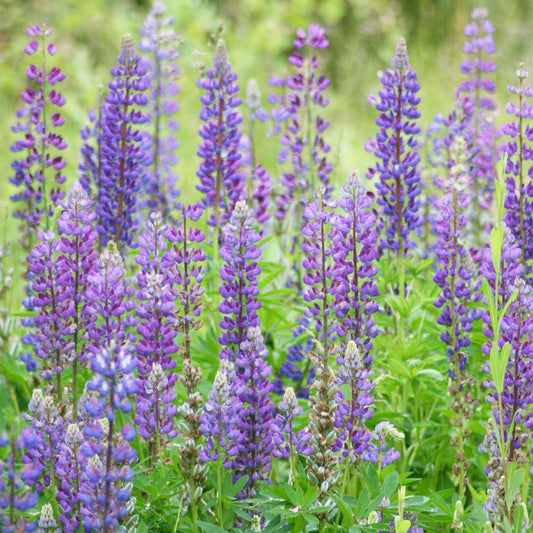
Wild Perennial Lupine Seeds
Gorgeous, purple spires are worth the effort it takes to grow this wildflower from seedWild Perennial Lupine Seeds
Gorgeous, purple spires are worth the effort it takes to grow this wildflower from seedRegular price As Low As $4.79Regular priceUnit price per -
main-collection-product-grid

Texas Bluebonnet Seeds
This prolific, hardy heirloom is the state flower of TexasTexas Bluebonnet Seeds
This prolific, hardy heirloom is the state flower of TexasRegular price As Low As $4.79Regular priceUnit price per -
main-collection-product-grid
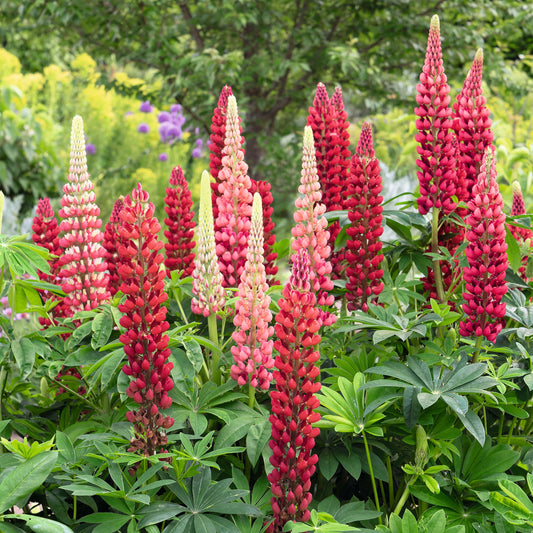
Russell Lupine Seeds - My Castle
These scarlet red blooms look straight out of a storybookRussell Lupine Seeds - My Castle
These scarlet red blooms look straight out of a storybookRegular price As Low As $4.79Regular priceUnit price per -
main-collection-product-grid
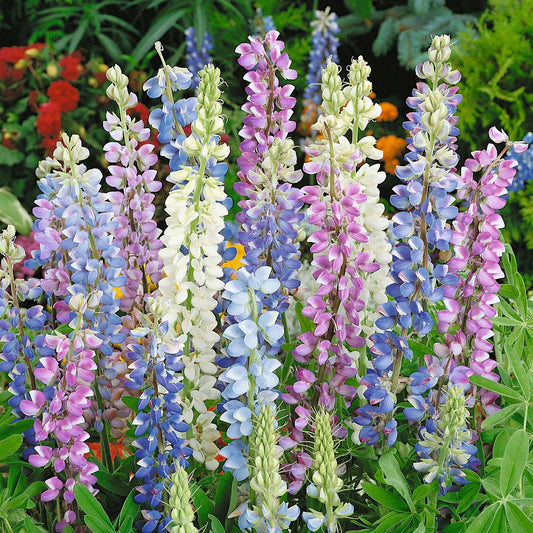
Lupine Seeds - Hartwegii Mix
The cutest pastel-colored bonnets come from the most compact plantsLupine Seeds - Hartwegii Mix
The cutest pastel-colored bonnets come from the most compact plantsRegular price As Low As $4.49Regular priceUnit price per -
main-collection-product-grid
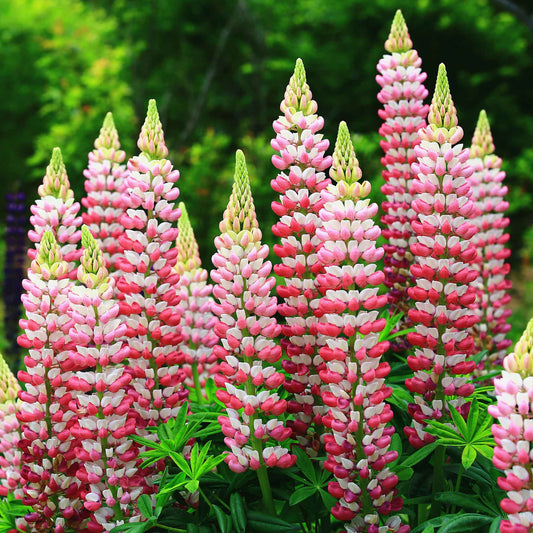
Russell Lupine Seeds - Chatelaine
Tall, rose-colored spires need very little attention to flourishRussell Lupine Seeds - Chatelaine
Tall, rose-colored spires need very little attention to flourishRegular price As Low As $4.79Regular priceUnit price per -
main-collection-product-grid
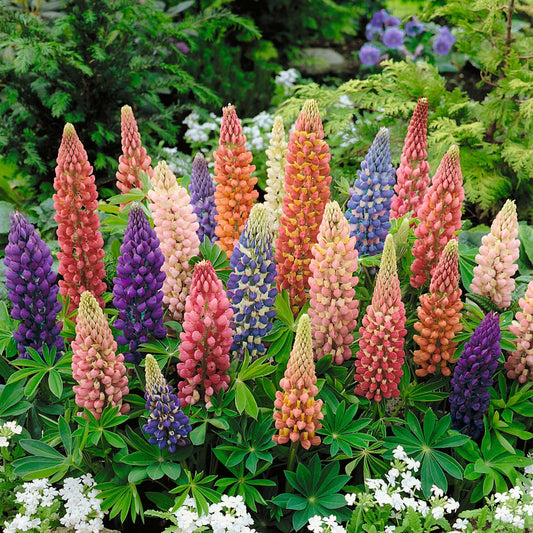
Russell Lupine Seeds - Minarette Dwarf Mix
A rainbow of perennial blooms fit for any space, large or smallRussell Lupine Seeds - Minarette Dwarf Mix
A rainbow of perennial blooms fit for any space, large or smallRegular price As Low As $4.79Regular priceUnit price per -
main-collection-product-grid
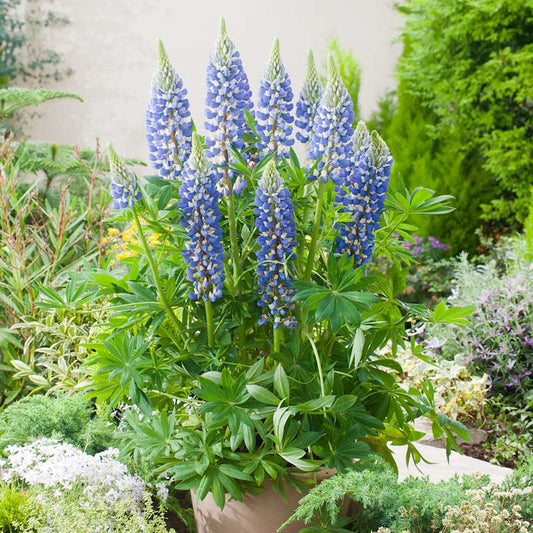
Russell Lupine Seeds - The Governor
The quintessential blue lupine should be a priority for any pollinator gardenRussell Lupine Seeds - The Governor
The quintessential blue lupine should be a priority for any pollinator gardenRegular price As Low As $4.79Regular priceUnit price per -
main-collection-product-grid
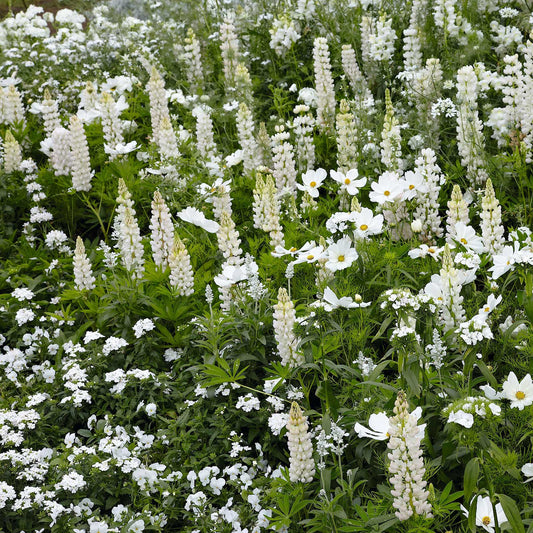
Russell Lupine Seeds - Noble Maiden
An award-winning lupine and our horticulturist's favoriteRussell Lupine Seeds - Noble Maiden
An award-winning lupine and our horticulturist's favoriteRegular price As Low As $4.79Regular priceUnit price per -
main-collection-product-grid
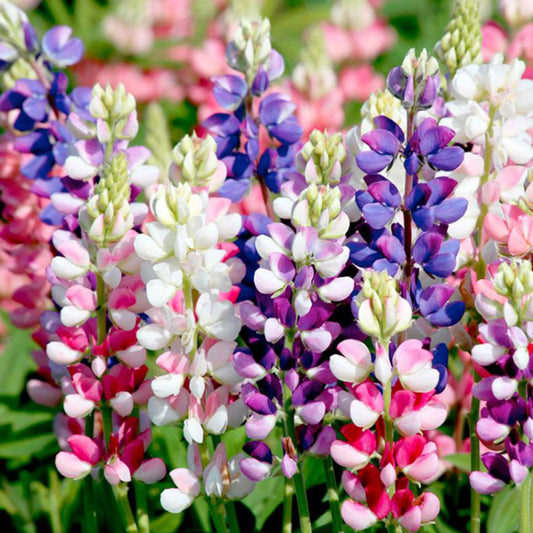
Lupine Seeds - Avalune Mix
Lightly scented, perfectly-petaled blooms flower in their first yearLupine Seeds - Avalune Mix
Lightly scented, perfectly-petaled blooms flower in their first yearRegular price $5.79Regular priceUnit price per -
main-collection-product-grid
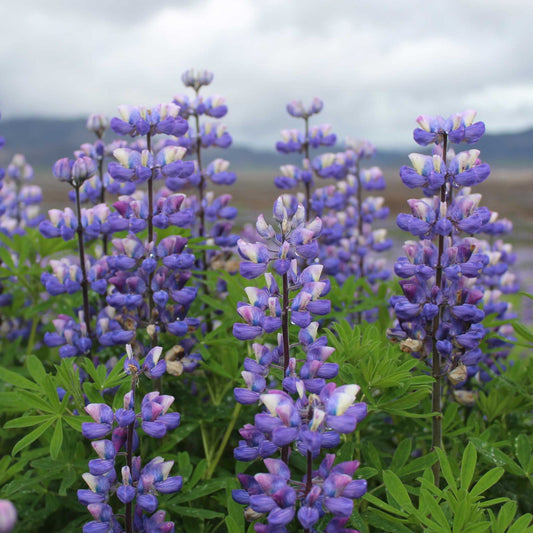
Arroyo Lupine Seeds
This compact cultivar boasts deer-resistant, bold blue bloomsArroyo Lupine Seeds
This compact cultivar boasts deer-resistant, bold blue bloomsRegular price As Low As $4.79Regular priceUnit price per -
main-collection-product-grid
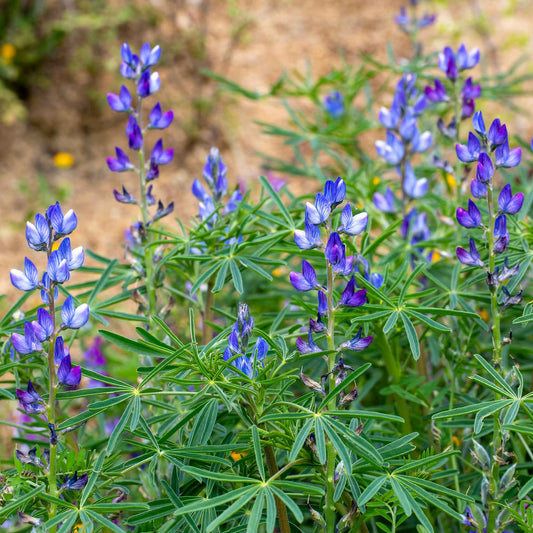
Annual Lupine Seeds - Blue
This easy-to-grow wildflower stands proud and lovely in the poorest of soilsAnnual Lupine Seeds - Blue
This easy-to-grow wildflower stands proud and lovely in the poorest of soilsRegular price As Low As $4.49Regular priceUnit price per -
main-collection-product-grid

Annual Lupine Seeds - Golden Yellow
A unique variant of lupine with buttery yellow bloomsAnnual Lupine Seeds - Golden Yellow
A unique variant of lupine with buttery yellow bloomsRegular price As Low As $4.49Regular priceUnit price per -
main-collection-product-grid
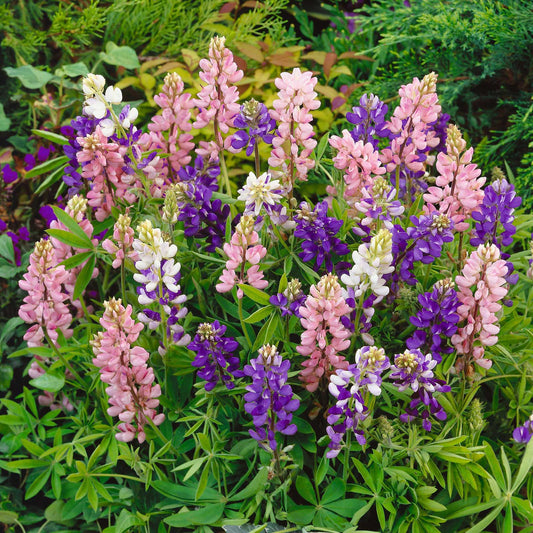
Lupine Seeds (Dwarf) - Pixie Mix
This lovely, petite wildflower was bred for small spacesLupine Seeds (Dwarf) - Pixie Mix
This lovely, petite wildflower was bred for small spacesRegular price As Low As $4.49Regular priceUnit price per
Planting the best heirloom lupine seeds
- 14 heirloom lupine varieties
- Varieties for every blooming season
- Easy to grow and maintain
- A symbol for imagination, admiration, and overall happiness
Choose from the best heirloom lupine seeds
Lupines are related to garden peas and sweet peas and belong to the legume family. Their tall, upright blooms come in gorgeous colors including purple, yellow, pink, and blue. While garden peas like sugar snaps and snow peas are wonderful to eat, heirloom lupines and sweet peas are poisonous if eaten! Enjoy your heirloom lupine blooms, but don't feed them to your children or pets.
Prepare heirloom lupine before planting
Because lupine seeds resemble beans, they should be soaked overnight before sowing. The seed coat softens as a result of this process, allowing heirloom lupine seeds to absorb more water in the soil. Heirloom lupines have a single strong taproot, so for the healthiest plants, loosen the soil to a depth of ten inches. Lupines may be direct-seeded or started indoors, but be careful not to disrupt the fragile taproot while transplanting.
When and how to plant heirloom lupine
Heirloom lupine seeds should be planted in the spring in colder areas and in the fall or spring in temperate ones. Push the seeds into the ground twice as deep as the length of the seed itself to direct sow lupine seeds. Cover your heirloom lupine seeds with dirt and water them thoroughly. Sow seeds one to two months before the latest frost date if beginning lupine seeds indoors. Heirloom lupine seeds should be sown in 72 or 50 cell trays so that seedlings do not need to be bumped up into a larger container before being transferred outside.
Caring for heirloom lupine
Lupines thrive in full sun, although in hotter climes, midday shade may be beneficial. Lupines have a taproot, so add sand to your planting area to help with drainage and aeration. Pinching is a technique for trimming back heirloom lupines when they reach approximately a foot tall by going through and cutting out the central stem. This promotes the plants to branch, resulting in a large number of stems where previously only one existed.
Heirloom lupine stems are spectacular in the vase, ranging in color from cream to yellow to magenta and blue. Cut the stems once two to three buds on the spire have opened to gather heirloom lupines for cut flowers. Make a clean cut around 12 inches down the stems and immerse them in water right away. Lupines may stay up to a week in a vase if picked at the proper time.
Lupine Flower Mixes
Are you feeling a bit overwhelmed by all of the lovely options? Are you unsure which kind to plant in your area? Don't be alarmed! For those gardeners who want it all, Eden Brothers has created a lupine seed combination. "Loopy" Lupine Flower Seed Mix is a mix of five annual and two perennial lupine cultivars that bloom throughout the season. This combination includes some of our favorite Lupine kinds, including Wild Perennial Lupine, Arroyo Lupine, Russel Lupine, and a few more that will flourish in any environment.
For more information about planting, growing, and harvesting heirloom lupine seeds, see the Lupine Seeds Planting Guide.













